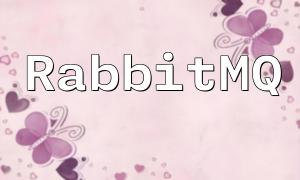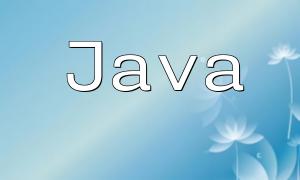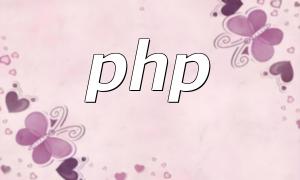In modern web development, PHP serialization is an essential technique. Serialization refers to the process of converting data structures or objects into a format that can be stored or transmitted. In particular, when handling arrays or objects, serialization allows complex data to be transformed into a string, making it easier to store in a database or transmit over a network.
PHP provides two main functions for serialization: serialize() and unserialize().
$array = array('name' => 'John', 'age' => 30);<br />$serializedArray = serialize($array); // Serialize<br />$unserializedArray = unserialize($serializedArray); // DeserializeThe code above demonstrates how to serialize an array into a string and deserialize it back into the original array. This process is useful in many development scenarios.
Serialization is commonly used in database storage when dealing with complex data types. By serializing data, we can store arrays or objects in a single field of the database, simplifying the storage process.
PHP's session management often uses serialization to store user data. When a user logs in, their session data is serialized and stored on the server, allowing it to be quickly restored for subsequent requests.
In API development, serialization helps convert complex data structures into simple strings, making it easier to transmit the data via HTTP.
1. Supports storing complex data types.
2. Simplifies the process of data exchange and storage.
3. Improves network transmission efficiency.
1. Serialization can introduce security risks, especially when dealing with objects, such as object injection attacks.
2. Serialization may fail due to compatibility issues across different PHP versions.
3. Serialized data is not human-readable.
To improve serialization efficiency and security, developers can adopt several optimization strategies.
In some cases, replacing traditional serialization with json_encode() and json_decode() can enhance data readability and reduce security risks.
$jsonData = json_encode($array);<br />$arrayFromJson = json_decode($jsonData, true); // JSON deserializationTo prevent security vulnerabilities during deserialization, developers can define interfaces or classes that restrict the types of objects that can be deserialized.
Regularly check the stored serialized data to ensure no potential security risks are introduced, especially as the system scales or security requirements increase.
PHP serialization is a powerful and flexible technique applicable in many development scenarios. By properly using serialization and deserialization functions and incorporating security and performance optimizations, developers can efficiently manage data and enable fast network transmission and storage. We hope this article helps you understand and effectively apply PHP serialization techniques.









